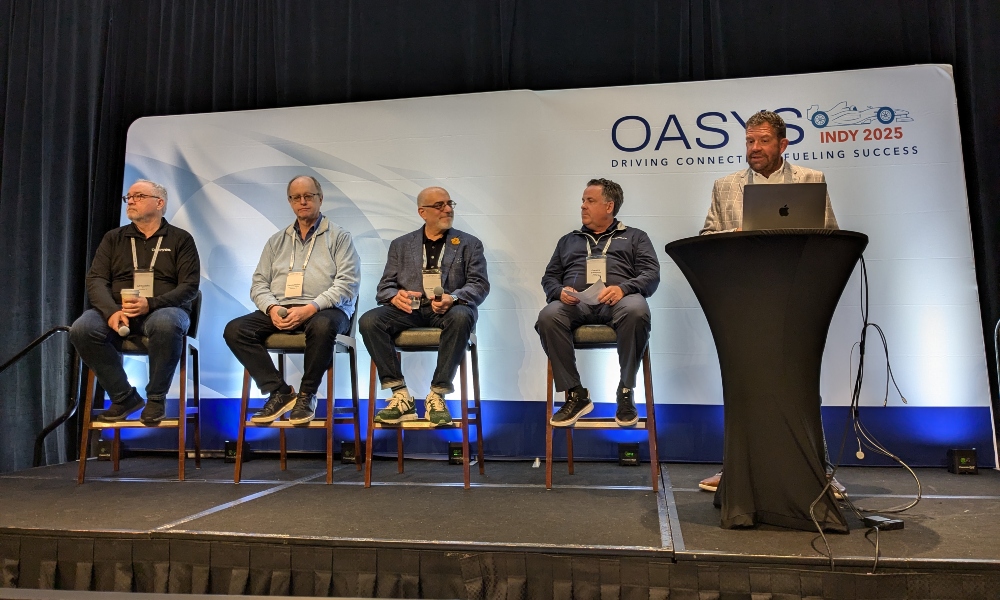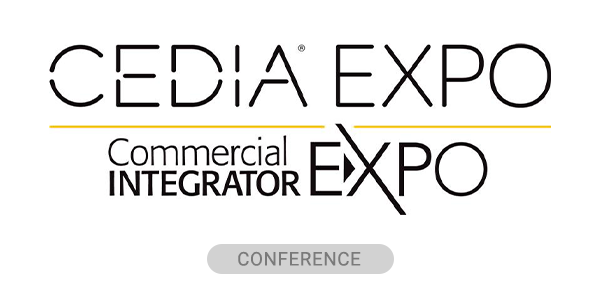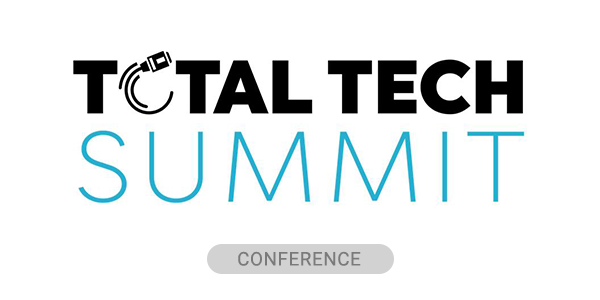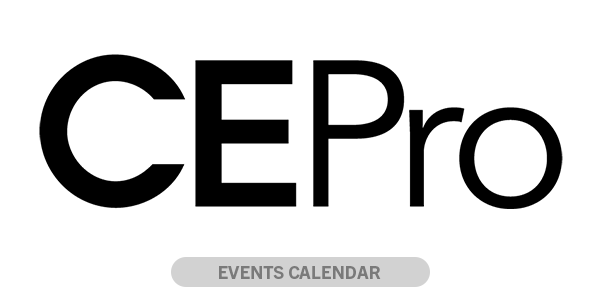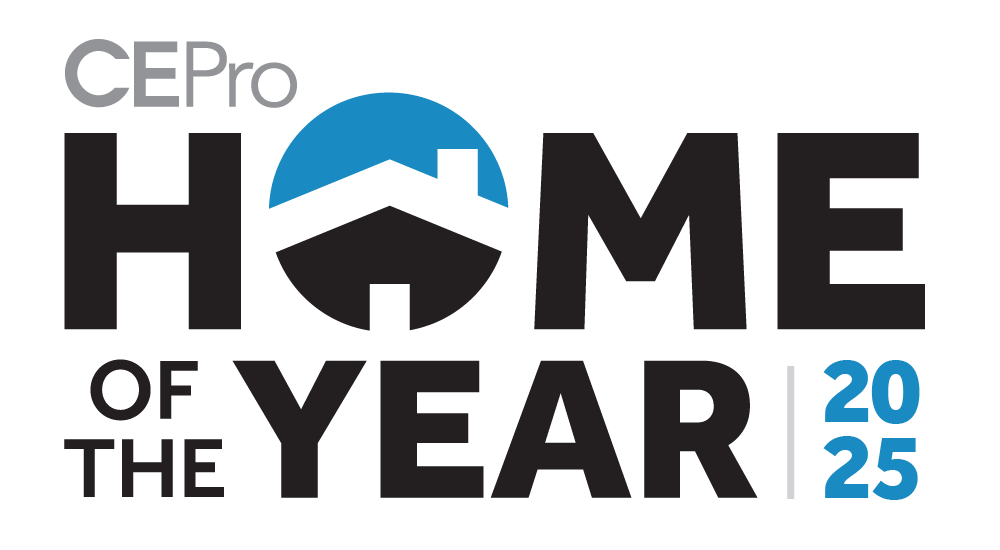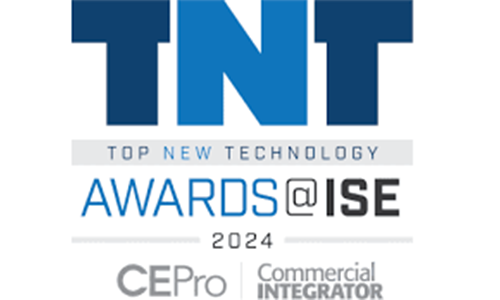It’s no secret that an evolving trade dispute between the U.S. and many other countries—especially China—threatens to throw the custom integration industry into disarray. Rising product costs due to import tariffs, a shrinking inventory and factories going dark can greatly impact the product supply chain. Making matters even worse is the volatility and evolving nature of these issues, which can make even the most prepared manufacturers and integrators seem like business novices when countries play economic hostage with each other’s supply chains.
What we value even more than numbers and squabbles between powerful countries and world leaders, however, is insight from manufacturers on exactly how they plan to navigate these issues.
That’s why the Azione and Oasys spring conferences couldn’t have come at a better time. Both buying groups under the Nationwide Marketing Group umbrella featured panels regarding the impact of tariffs at their respective spring conferences, with manufacturers providing transparency and guidance to integrators as they and their clients under the shadow of exponential price increases.
The Tariff Impact Timeline: Understanding the Cash Flow Crunch
One of the most important revelations came early in the discussion as Klein explained a fundamental misunderstanding many businesses have about tariffs and their impact.
According to Klein, tariffs are paid when the shipment arrives at the dock.
“A tax is what happens when you actually sell the product to the end user. You collect the tax, and then you pay the tax,” Klein says. “Tariffs? You got to pay them when the stuff arrives at the dock, so this is a big cash problem right out front.”
Dennis Holzer of Powerhouse Alliance elaborated on the fundamentals of tariffs on the Oasys panel, saying vendors who own goods on a ship are immediately charged by the U.S. government for the full value of applicable tariffs once the shipment hits U.S. waters, but it still takes several weeks for the good to actually arrive at the vendor’s warehouse.
“Vendors are being asked to put out the money well in advance, which is what’s creating the pause in production,” Holzer says.
This timing difference creates significant cash flow challenges for manufacturers, who are largely eating some of the costs “in the spirit of partnership,” says Jeff Costello, vice president of sales at Nice.
However, issues arise when manufacturers are sitting on up to three months of tariff-free inventory and waiting to charge tariff surcharges until tariffed goods come in. According to Costello, that could leave manufacturers with a warehouse full on tariffed products when the “tariff war” is over, which could seemingly come at any time in this increasingly shifting landscape.
“The moment that it’s in the press that there was a negotiation settlement and the tarfifs are no longer there … you’re not going to get away with charging your customer a huge tariff cost,” Costello says.
Eric Bodley of Future Ready Solutions elaborated on the cash flow issue from both a manufacturer and distributor’s point of view, saying inventory planning and risk management are crucial as tariffs have forced companies to order products in bulk, not just for specific projects.
If tariffs don’t get reconciled, prices will increase. They already are in some cases, as many manufacturers have been publicly telling integrators to prepare for higher costs.
“If I import a $100,000 container, I’m on the hook for $145,000 in tariffs upfront. That’s more than I’ll make on the product,” Bodley says. “Talk about putting a whammy on any small business.”
Inventory Strategies and Product Delays
With tariffs creating so much uncertainty, companies are wrestling with difficult inventory decisions. On one hand, there’s pressure to stock up before prices increase further, but that could leave manufacturers and integrators eventually running out of products or sitting on inventory that was tariffed.
However, that strategy could also result in a completely depleted inventory of products. Burning through inventory to avoid the tariffs and hoping for a policy shift in the meantime, says Bryce Judd, Savant’s chief revenue officer.
“The good news is the tariffs are gone,” Judd says. “The bad news is there’s no product.”
This delicate balancing act is forcing businesses to rethink their entire approach to inventory management. Some are implementing just-in-time ordering systems, while others are negotiating longer-term contracts to lock in pricing.
Either way, there will likely be product shortages this summer, Holzer says, who placed July as being the likely start for when shipments might restart again in earnest, leading to shortages all throughout the month and into September.
During that time, he also said it’s likely that container costs for shipping will jump three to four times, just as they did in the aftermath on COVID.
The Reshoring Reality Check
According to panelists, the lazy way of thinking is to simply suggest moving manufacturing outside of China, which is exponentially easier said than done.
In fact, some materials used in products such as some Sonance speakers are simply not available anywhere else, says Jason Sloan, the audio company’s chief revenue officer, who called China the “epicenter” of many sub-supply chains. In fact, Sloan said many audio components are only sourced from China.
“I don’t know if this idea of ‘exiting’ is actually a viable option,” Sloan suggests.
Similarly, Judd said 93% of Savant subsidiary GE Lighting’s bulbs sold in the U.S. are made in China.
“Imagine having to pick up all of the glass blowers and the plastic molds and the chip manufacturers out of China, where 93% of the market exists and go somewhere else,” Judd says. “You can’t just pick up a glass furnace.”
It’s also not an undertaking that will happen quickly, as this would include building very expensive facilities and hiring and training a workforce. In addition, China has become a manufacturing powerhouse simply because they are good at it. Moving those workers to another country to train others isn’t possible either, Bodley says.
“We’d have to start from scratch, so it’s a three-to-five-year endeavor,” Bodley says.
That’s why manufacturers are increasingly hoping for policy shifts, or for the Administration to grant tariff exclusions on certain product categories.
Holzer echoes those comments, saying moving production out of China to Vietnam or India will also take months to “iron out the kinks and the defectives” before product starts shipping again.
But even if companies do opt to reshore production to the U.S., it likely won’t result in what the government intends: more jobs.
“We can build factories, but most of them are going to be automated,” Holzer says.
Tariffs Are Impacting the Little Things, Too
The impact extends far beyond the custom installation channel. According to Judd, big-name retailers are also feeling the burden from the tariff situation. Some of them are leaning into the “Made in America” trend and only sourcing products from factories in North and South America, while others simply aren’t taking any orders on non-essential items like Halloween decorations.
“There’s this very interesting shift in mindset, consumerism and retailing that I think we all can introspect a bit about how we think about purchasing and how that might translate through the economy,” Judd explains.
Translating to the custom integration space, tariffs aren’t don’t just impact flashy electronics and home automation systems. For example, hardware like drywall screws and steel—historically not huge cost centers in the industry—are also being hit hard by tariffs.
Rising costs on miscellaneous items like that could represent a sneaky impact in the industry.
“That’s an area where you just don’t think about the little things,” Bodley says.
This trickle-down effect means integrators may face shortages or price increases on everything from basic mounting hardware to common cables and connectors.
Key Guidance for Integrators Navigating Tariffs and Their Impact
The custom integration industry is no stranger to changes, as the industry is constantly adapting to new technologies in consumer electronics, housing markets, economic situations, and other market factors that force manufacturers and integrators to do things differently.
“This is forcing all of us to examine every assumption about how we do business. That painful process might ultimately make us stronger,” Bodley says.
Yes, tariffs present real challenges, but the industry is full of resourceful professionals finding ways to adapt.
The key takeaways were clear:
- Tariff Impacts: Tariffs are paid when shipments arrive, not when the product is sold, impacting cash flow. These costs may increase prices for end-users.
- Inventory Management: Be cautious about overstocking inventory to avoid tariffs, as this can lead to financial risks if tariffs change. Maintain enough inventory to fulfill orders but avoid excess that ties up cash.
- Pricing Strategies: Be transparent with customers about potential price increases due to tariffs. Consider tariff surcharges or adjusting prices to reflect increased costs.
- Contract Language: Include language in contracts to protect against tariff-related price fluctuations but be aware that some clients may resist this. Check with CEDIA on legal language.
- Product Sourcing: If switching to new product lines due to tariffs, thoroughly test them for quality.
- Stay Informed: Keep up to date with the evolving tariff landscape, as changes can significantly impact business
